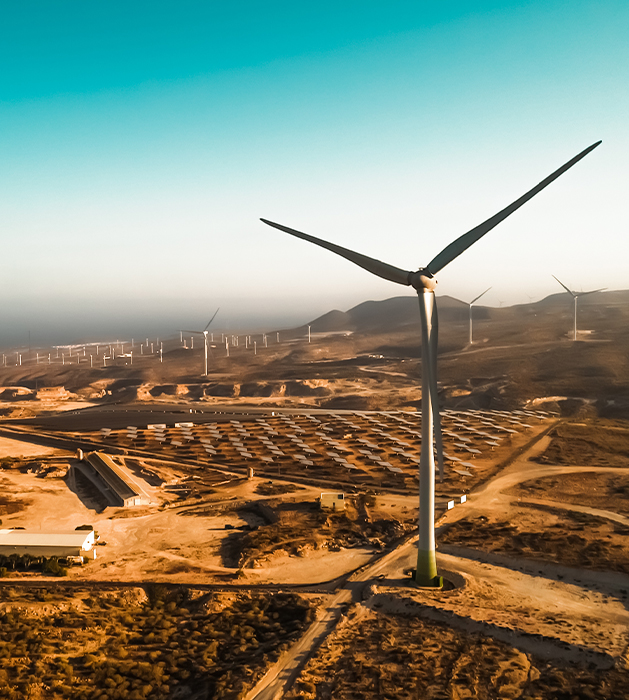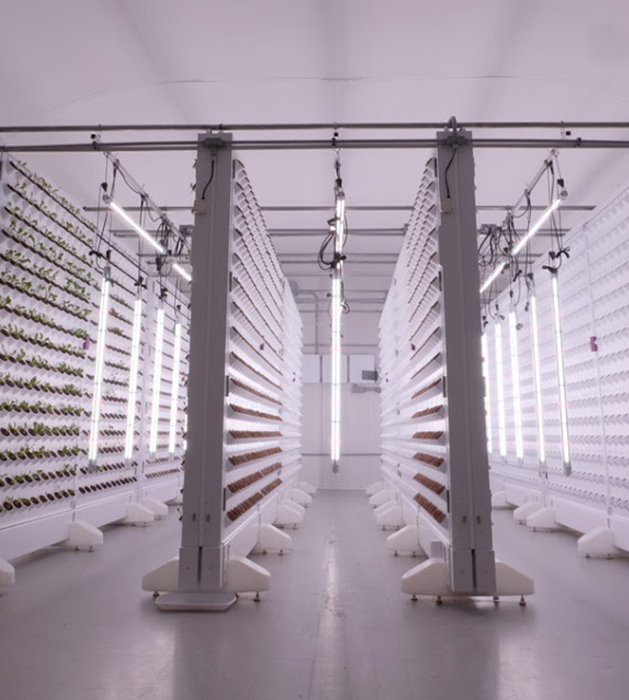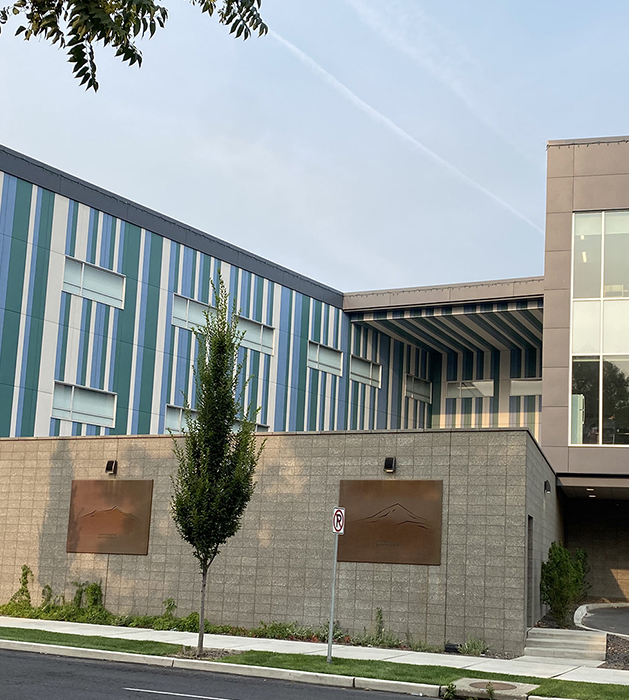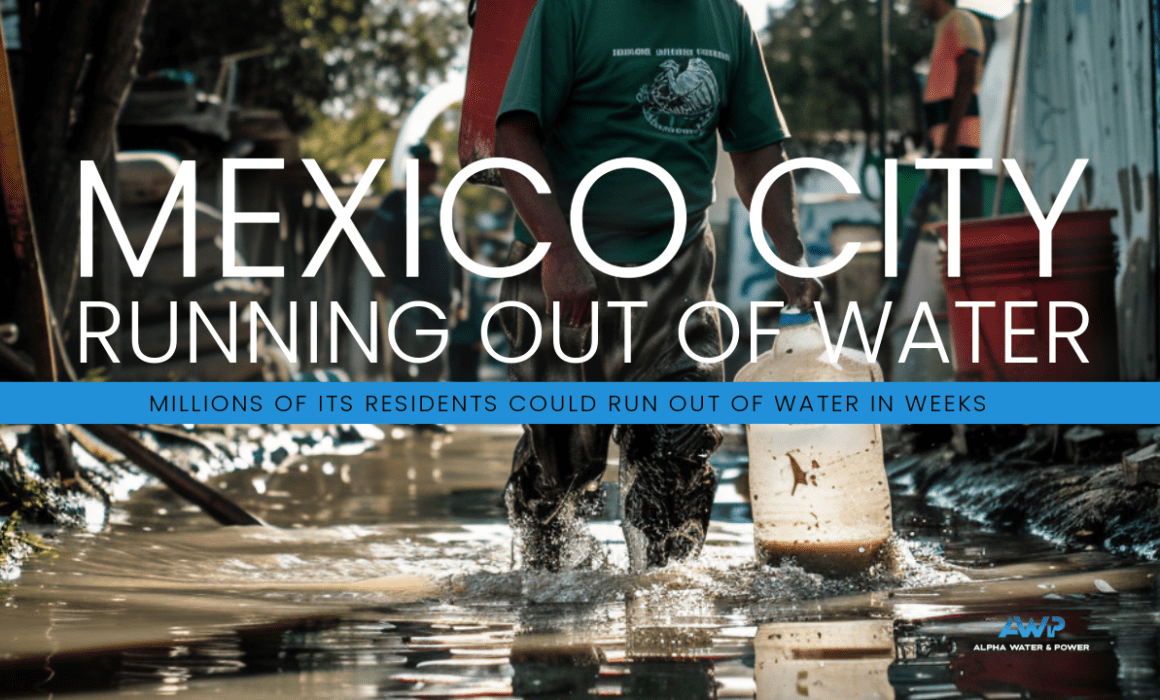Mexico City Confronts Unprecedented Water Crisis
In Mexico City, a dire water shortage has emerged as a critical issue, affecting residents across all social strata, including those in affluent areas like the Polanco neighborhood. Raquel Campos and her husband, who have resided in Polanco for 18 years, experienced severe water shortages beginning in January when their condo was notified of delays in municipal water deliveries. This led to their taps running dry for days, forcing them to seek costly alternatives like hotel showers and private water deliveries, which subsequently raised their monthly expenses by 30%.
The city, home to 22 million people, relies on the Cutzamala system—a network of reservoirs and aqueducts—for about a quarter of its water. This system is critically low, operating at only 28% capacity, which has sparked fears of reaching “Day Zero,” a point at which it could fail to provide water altogether. Although impending rains might delay this crisis, they are not a sustainable solution.
The recent droughts, exacerbated by climate change and El Niño conditions, have intensified the city’s water scarcity. The local government’s efforts to ration water by reducing the supply have been met with protests, especially from communities that had previously never faced such shortages.
Experts argue that Mexico City’s chronic water management issues, including significant losses due to leaking infrastructure, require substantial investment to overhaul. Yet, financial constraints and political challenges complicate these initiatives. With the national and local elections approaching, water scarcity has become a contentious issue, criticized by political opponents and lamented by citizens who feel the current measures are insufficient.
Residents, from affluent areas like Polanco to working-class neighborhoods like Xochimilco, have had to adjust drastically. Some collect water in the early hours, while others depend on weekly deliveries. The crisis is a stark reminder of the broader implications of environmental neglect and the urgent need for sustainable management practices in one of the world’s largest cities.










